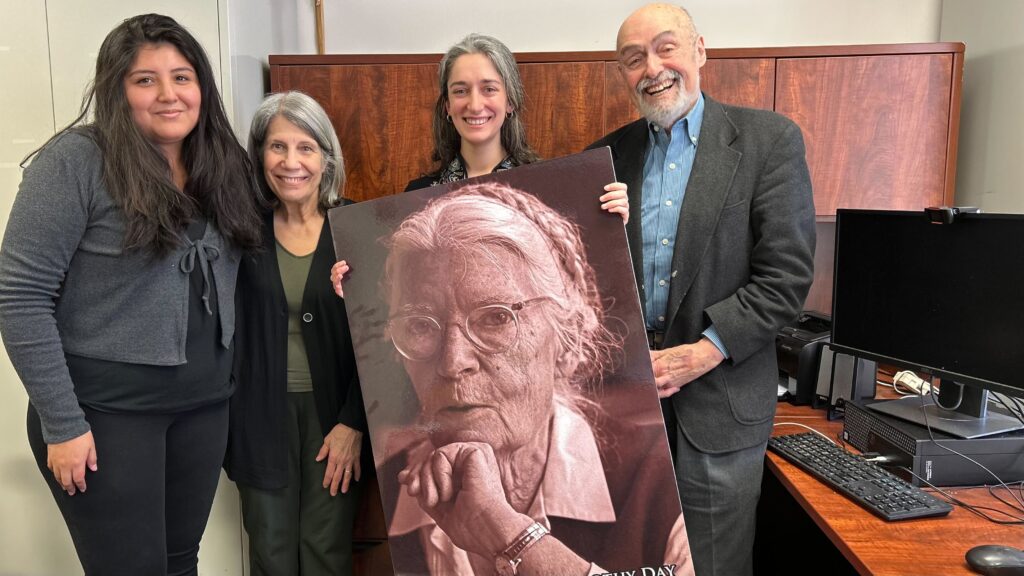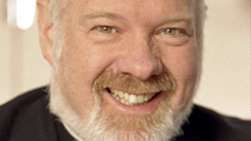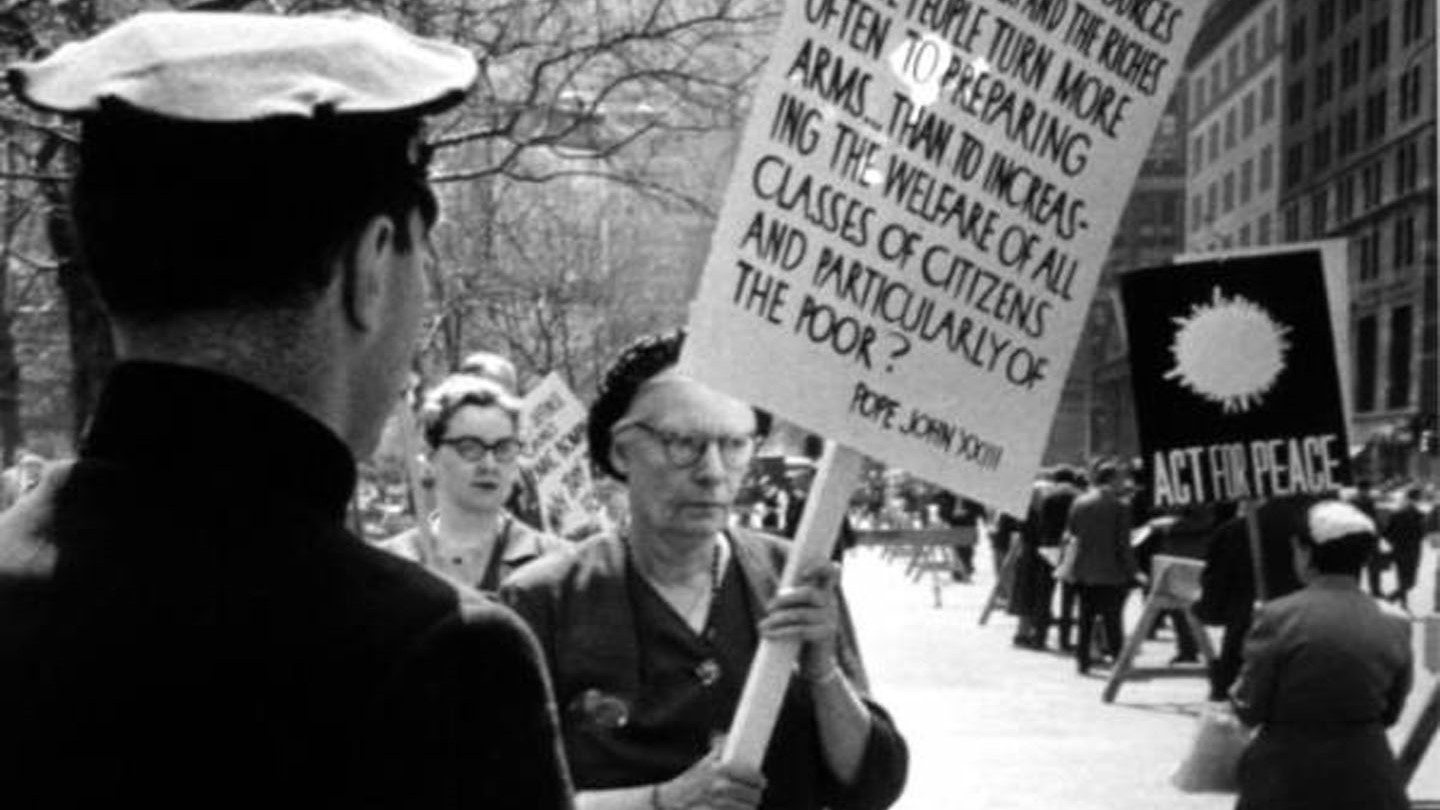Three years before her death, speaking to a Chicago Tribune reporter, Dorothy Day allegedly said of canonization: “That’s the way people try to dismiss you. If you’re a saint, then you must be impractical and utopian, and nobody has to pay any attention to you.” After almost 50 years, her remarks seem to have been more foreboding than a mere example of her sharp wit. But George Horton, the retiring Director of Social and Community Development of Catholic Charities New York, who has served as the Coordinator of the Dorothy Day Guild, says being tapped to lead the cause for her canonization “was the greatest gift to me.” John Cardinal O’Connor asked him and others to pursue the cause back in 1991, but Horton says that the accelerated success in the past few years can be credited to the support of Timothy Cardinal Dolan, Monsignor Gregory Mustaciuolo, and Monsignor Kevin Sullivan, Executive Director of Catholic Charities New York (CCNY), who welcomed the integration of the Guild into the CCNY fold (and office space).
The Dorothy Day Guild is in the process of moving locations to Manhattan College, filing as its own 501c3, and undergoing a transfer of leadership with the notable accessions of Kevin Ahern (Assistant Professor of Religious Studies at Manhattan College) and Deirdre Cornell (author and former Maryknoll lay missioner). While welcoming Casey Mullaney as the new Coordinator of the Guild, Horton says that there is a great reason to be optimistic. He says that the Guild’s Advisory Committee’s canonical work has borne fruit and that they deserve immense thanks. Dr. Waldrey Hilgeman has been named Roman Postulator, tasked with writing the ‘Positio’ – a compilation of documents used to declare a named Servant of God “Venerable” – the second of the four steps toward Sainthood. Her life, documented by her own prolific writing and many in her circle, illustrates her portrait of sanctity that the Vatican seeks when considering canonization.
If you’re a saint, then you must be impractical and utopian, and nobody has to pay any attention to you.
Peter Maurin, a French peasant whose serendipitous meeting with Day would be remembered as a historical day in the movement, had a strong influence on the direction of her philosophy and work. Whereas she was known for her pragmatic direct action and journalistic prose, he brought with him his “Easy Essays” – memorized blank verse poems that “dispensed his vision for a Christian social order.” If a vow of poverty is a sign of commitment, then she demonstrated constant vigilance. Uniting their visions was the Sermon on the Mount (Mathew 5:1-48). She cited the passage from the book of Matthew often as direct motivation for why she felt so strongly about community engagement with its most unfortunate members.

If the Sermon on the Mount is a call to action, then she answered that call every day. Dorothy Day’s advocates point out to her work to invigorate the laity with a means to perform “acts of mercy” in their communities, directly acknowledging and dignifying the poor and destitute. CCNY’s commitment to caring for all individuals, Catholics, and non-Catholics alike, is in-step with her interpretation of the Sermon on the Mount. She was not an activist who returned to a comfortable home after a day of work. She lived at the Catholic Worker House on Mott Street, ate with the patrons of her establishment, contributed articles to the publication, and dipped into her own resources to provide for all who sought her help.
Aside from her activism, the two central hallmarks of her work were the establishment of the Catholic Worker periodical, first sold for a penny apiece at Union Square, and the proliferation of Catholic Worker Houses – soup kitchens and “Houses of Hospitality” accepting of virtually anyone who walked through the door. The Catholic Worker Houses would serve as a revolving door of self-discovery for wistful hippies, faithful Catholics, and social activists alike. For one of her many causes, Dorothy Day was famously arrested in a protest over the civil defense drills that she described as nothing more than preparation for nuclear war and antithetical to peace. Few would be able to maintain her pace of work, lectures, writing, and traveling, but an incalculable number would cite her as having expanded their understanding of the Catholic call to merciful action.
Virtually every aspect of Day’s life, Catholic interpretation, and nature of her work has stirred controversy – garnering admirers and critics both inside and outside of the Church. Typically, her unequivocal commitment to pacifism is the target of critique, but many are more concerned with the canonization process itself. Some, like Brian Terrell, are worried that she may be “whitewashed” by canonization, dismembering her imperfect humanity from the apparent holiness of her service. Others are concerned that such a firebrand and social activist may not be an appropriate candidate for the strict definitions of sainthood. Many see her canonization as a potential confirmation that her attitudes on social justice, acceptance, and mercy do have a place in the Church. As indicated by her comment to the Chicago Tribune, she wanted observers to remember that her service was that of a regular layperson, attainable and accessible versus heavenly and perfect.
It was the greatest gift to me.
The Guild writes on their website that “laywomen like Dorothy Day represent a type of vocation not often seen in the canon of saints. Eileen Egan, a lifelong friend and colleague of Day’s, saw her as someone who ‘shows that ordinary people can live by the Sermon on the Mount. She tried to relate the Sermon on the Mount to everything she did… Most saints appear to be hedged in by vows or lifestyle, but Dorothy wasn’t hedged in by anything.” As George Horton assists in handing the torch over to a fresh generation of supporters, he says that it’s so wonderful to see her recognized by New Yorkers, even with a Staten Island Ferry commissioned by the City of New York, in a tribute to her connection to a seaside bungalow she frequented on the island. Now that they are turning their focus from the canonical requirements to the promulgation of her life and legacy, the Catholic community may soon become ever more acquainted with the extraordinary history of the work of a young New York journalist.
To learn more about her life and the canonization process, please visit the Guild’s website at dorothydayguild.org.












